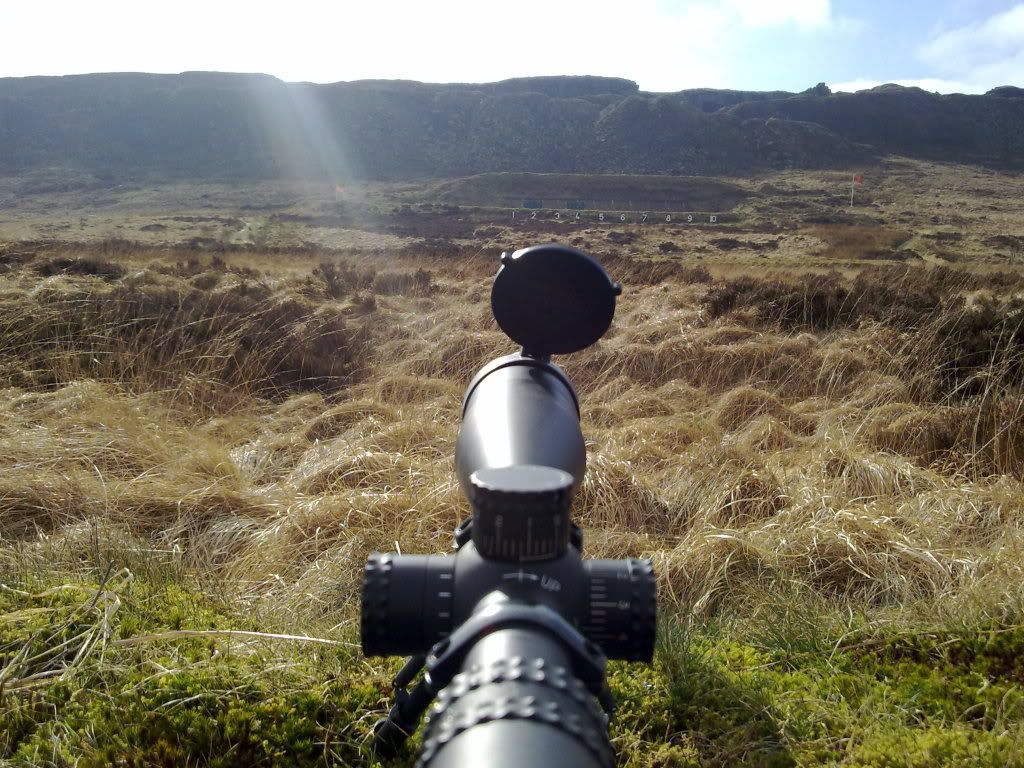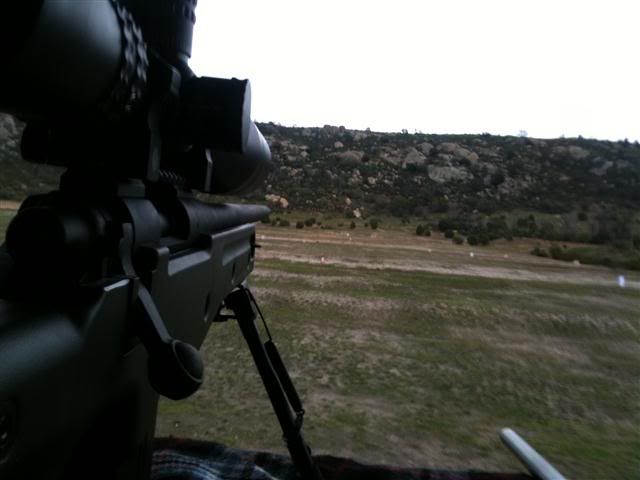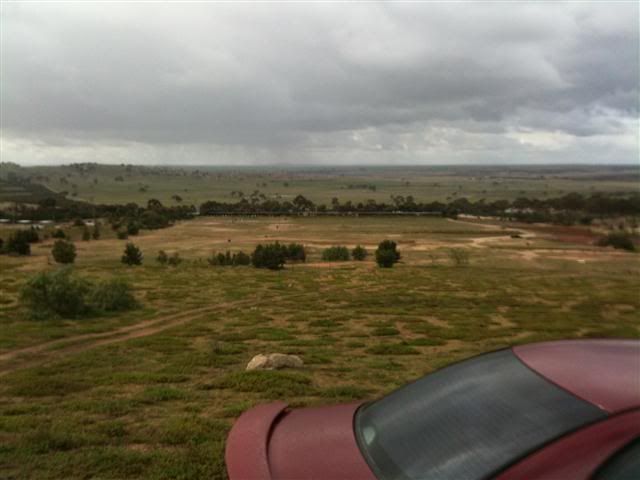Hi guys.
I have been getting a little mid range (550-600) yard shooting in lately at my local range and Im amazed at the difficulty of achieving good results at this distance. The range does not go any further and backs onto a steep cliff face.
Im shooting handloads, that are giving me low ES/SD and on many occasions I have shot groups of less than 1" at 300 and 400 yards. Im 100% confident that my handloads are shooting better than any factory round available, so Im blaming the indian and not the arrow.
From about 400 yards to 600 yards the terrain gets steeper as the cliff bottom begins. Im also aware of the slight angle this forces, however I have taken everything into equation.
Considering my handloads give me wonderful tight verticals at 400, im wondering why when I move out to 550-600 i suddenly start to see random vertical (sometimes off the paper). Is it possible that winds approaching the cliff might lift or drop the bullet a significant amount?
I would really love to master 600 yards so that i can begin F class running and eventually move onto 1000 yard F Class comps.
If you have any experience/knowledge that you believe would help ol vman out in this situation it would be much appreciated.
I have been getting a little mid range (550-600) yard shooting in lately at my local range and Im amazed at the difficulty of achieving good results at this distance. The range does not go any further and backs onto a steep cliff face.
Im shooting handloads, that are giving me low ES/SD and on many occasions I have shot groups of less than 1" at 300 and 400 yards. Im 100% confident that my handloads are shooting better than any factory round available, so Im blaming the indian and not the arrow.
From about 400 yards to 600 yards the terrain gets steeper as the cliff bottom begins. Im also aware of the slight angle this forces, however I have taken everything into equation.
Considering my handloads give me wonderful tight verticals at 400, im wondering why when I move out to 550-600 i suddenly start to see random vertical (sometimes off the paper). Is it possible that winds approaching the cliff might lift or drop the bullet a significant amount?
I would really love to master 600 yards so that i can begin F class running and eventually move onto 1000 yard F Class comps.
If you have any experience/knowledge that you believe would help ol vman out in this situation it would be much appreciated.





